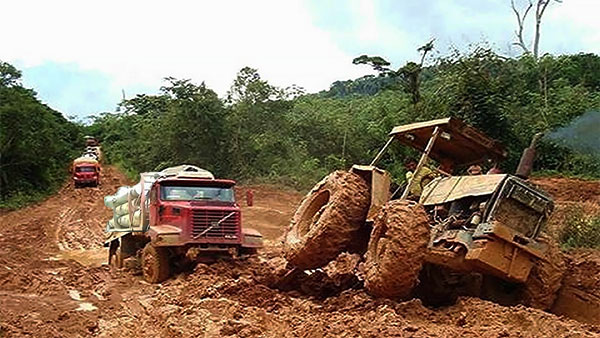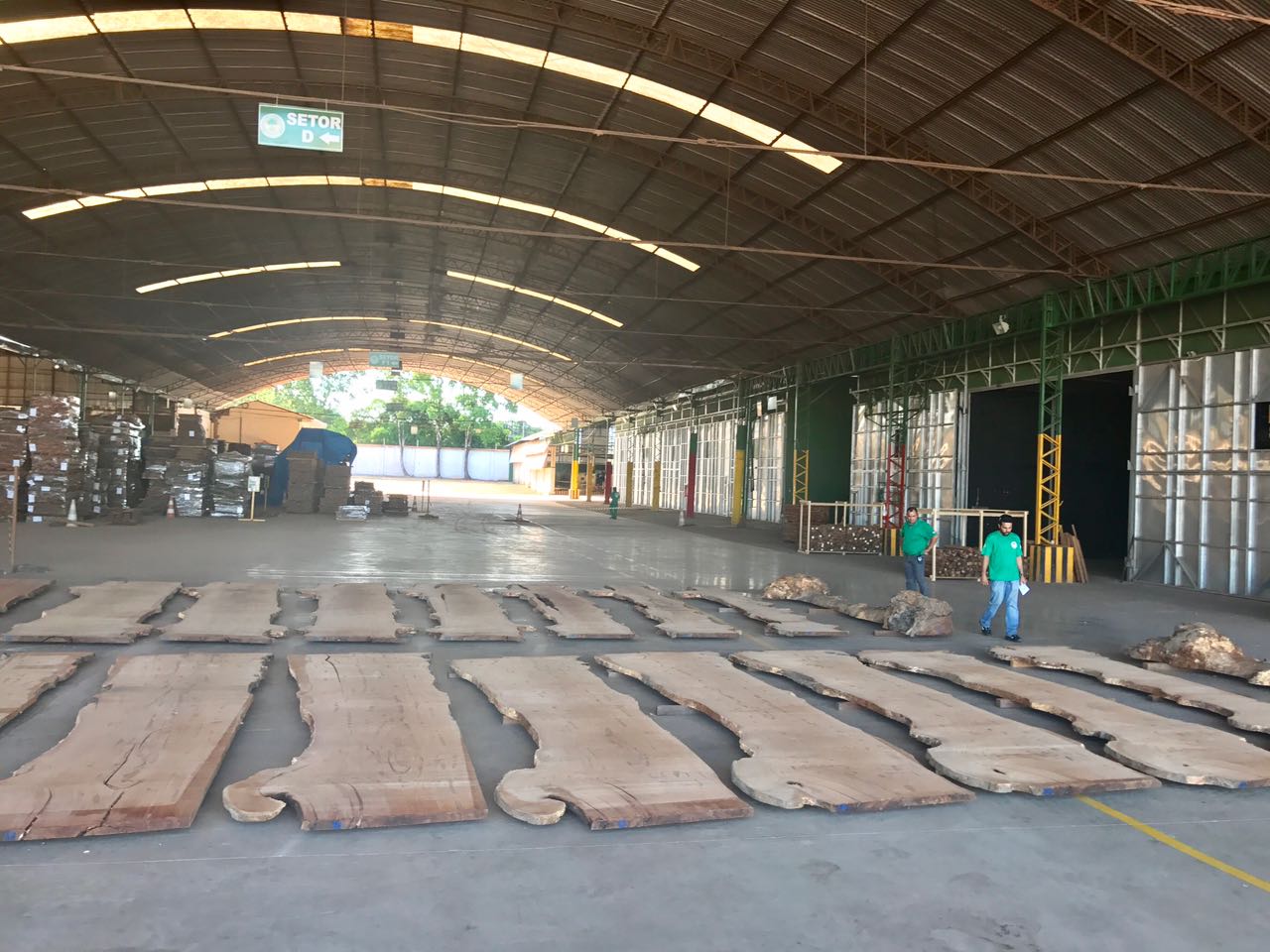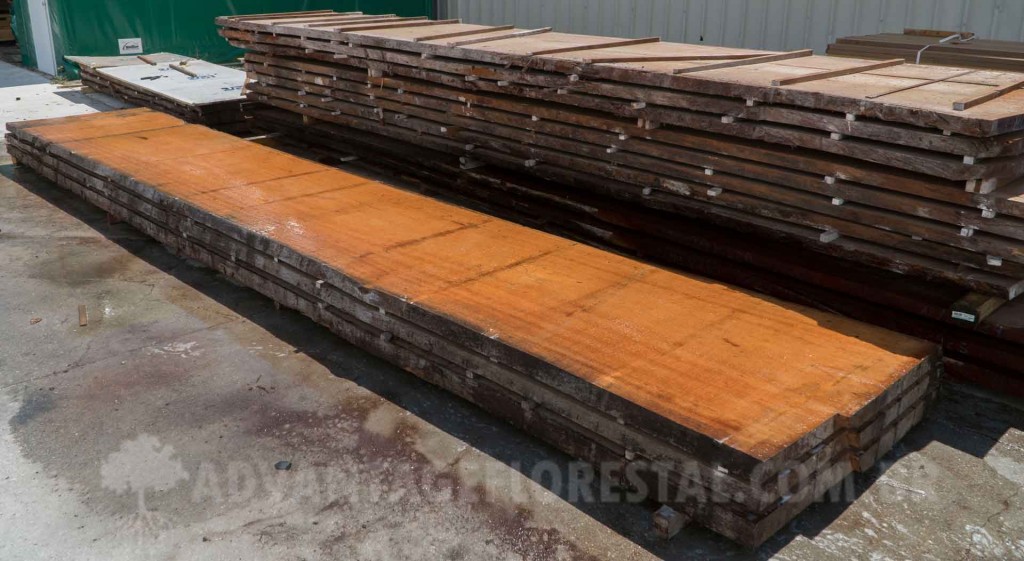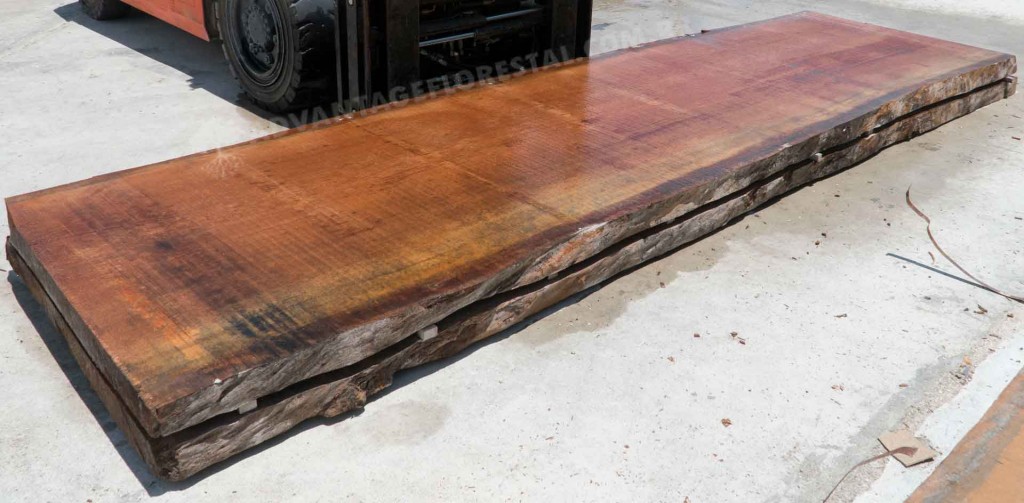
Tropical regions, such as the Amazon rainforest do not have the typical seasons like spring, summer, fall, or winter. Rather, the seasons in the Amazon are divided into two seasons, the dry season and the wet season, each lasting about half of the year.
In the Amazon, the wettest part of the rainy season occurs from December through to May. During the wet season, the Amazon rainforest receives an impressive 6 to 12 feet or more of rainfall. During the driest part of the dry season (June through August) the Amazon rainforest receives an average of only about 6 inches or less of rain. During the wet season, in which the largest amount of rain falls, this can cause the Amazon River to rise and fall by as much as 40 feet or more. The annual rise in the river’s water level causes vast flooding throughout the Amazon river basin.
During this rainy season, the forest replenishes itself with nutrient-rich soil.
In some areas or the Amazon the River floods twice a year as the rivers from the Peruvian Andes and then the Ecuadorian Andes swell and then exceed their banks after dramatic amounts of seasonal rainfall. The river water, saturated with sediments floods the surrounding forest under 20 – 30 feets for periods up to ten months of the year, affecting a swath of land up to 13 miles wide. The deposition of the nutrient-rich suspended solids in these rivers replenishes the mineral nutrients across the forest floor, rendering the ground very fertile, a property not found in the Amazon uplands.
The trees in the Amazon rainforest have learned to adapt to this seasonal flooding. Many trees in the rainforest have developed bark that doesn’t rot. This way when the water inundates the forest floor, the trees are still able to endure the base of the tree being submerged. In addition, some trees anchor themselves to the forest floor by using buttress roots, which are large lateral roots that extend out from the base. Rainforests have a shallow layer of fertile soil, so trees only need shallow roots to reach the nutrients. yet, since shallow roots can’t support huge rainforest trees, many tropical trees have developed huge buttress roots. These stretch from the ground to 6 feet or more up the trunk and help to anchor the tree to the ground. These structural roots prevent the tree from falling over and aide in gathering more nutrients. They also happen to give Rainforest trees their signature look.
IPE is one such tree and is a very popular decking choice. You can only harvest Ipe trees a few months of the year due to the rain in the forests of Brazil. Once the rains stop, the mud and challenges and difficulty of moving heavy loads of lumber begins. The backcountry of Brazil has no paved roads. Instead, try to imagine the worst dirt road in the US. If you try hard enough, you will not even come close. The back roads of Brazil can be outright dangerous if you have seen that TV show on the worlds most dangerous roads you will have an idea of the risk involved and the extreme driving skills needed in getting this precious wood from the mill in Brazil to your project location.
During the rainy season, we turn our focus to manufacturing our premium eco-friendly line of hardwood flooring and milling the stockpile of logs we have on-site filling the warehouse for the upcoming spring deck building season.
Learn More about our hardwood flooring products.








